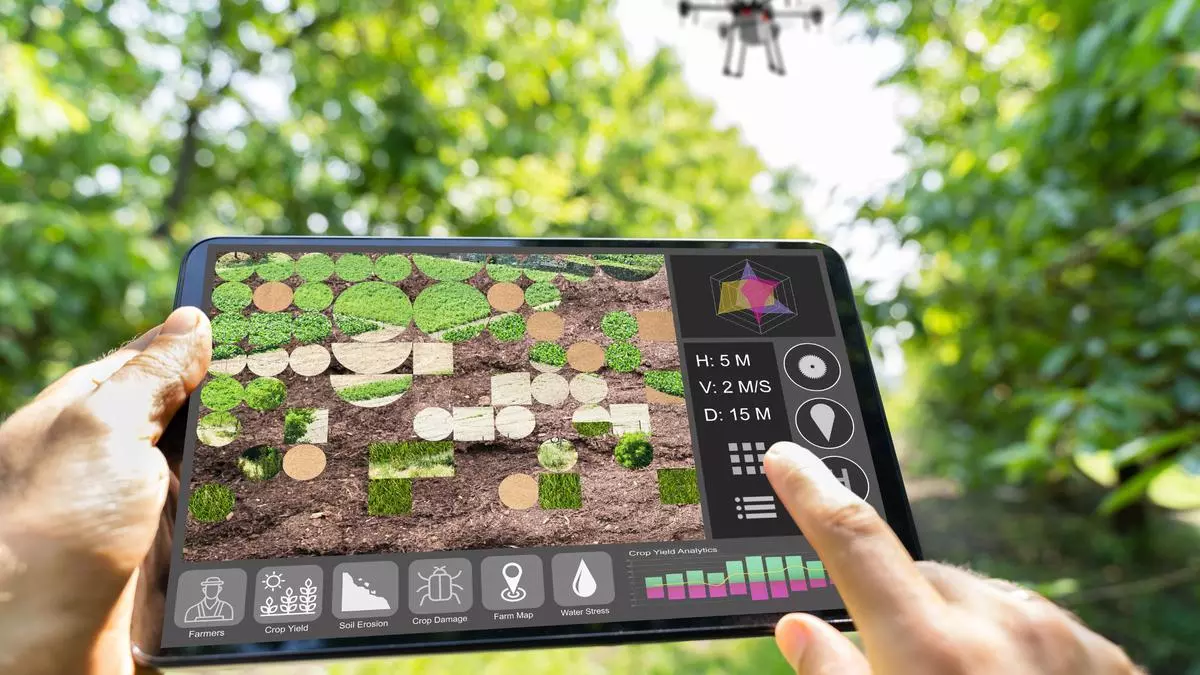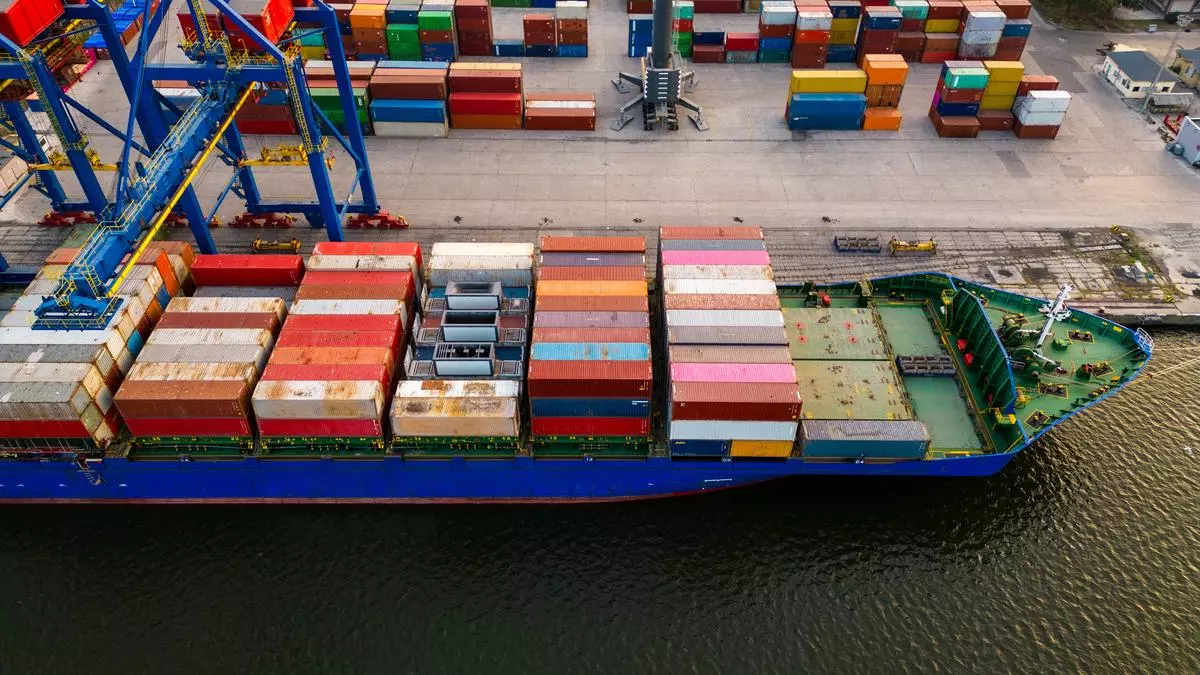
The global agriculture sector is undergoing a revolutionary change, due to the rapidly expanding population, and environment. India, a country, whose agriculture, has long been the foundation of the economy, is seeing a dramatic change in the way it farms. The transition from conventional to smart farming, involves more than just a change in methods; rather, it involves a thorough redesign, that incorporates creativity, sustainability, and technology to meet the challenges of the 21st century.
The convergence of the Internet of Things (IoT), and Artificial Intelligence (AI), has revolutionised various industries across the spectrum, and agriculture is no exception. Agriculture contributes a significant amount to India’s GDP, accounting for 14 per cent of the country’s total, about 13 per cent of the exports, and employing around 58 per cent of the population. With the growing global population, and the increasing pressure on food production, there is an urgent need to adopt innovative technologies, to ensure sustainable agricultural practices. Harnessing the power of IoT and AI holds tremendous potential to optimise resource usage, improve crop yields, and mitigate environmental impact for a sustainable future.
Powerful tools
The inclusion of IoT, and AI based systems, has ushered in a new era of possibilities, for all types of farmers in India. One pressing challenge that farmers face worldwide is, protection of crops from animal attacks, which can result in significant economic losses, and food insecurity. However, with the integration of IoT, and AI technologies, farmers now have powerful tools at their disposal, to mitigate these damages, and foster sustainable agriculture practices.
Animal attacks on crops, pose a substantial threat to agricultural productivity, with increased interaction between human, and wildlife resulting in rise in conflicts. From deer munching on tender shoots, to birds pecking at ripe fruits, the damage caused by wildlife can devastate entire harvests. Traditional methods of deterrence, such as fences and scarecrows, often prove ineffective, and unsustainable in the long term. Additionally, the indiscriminate use of chemical deterrents, can harm the environment, and compromise food safety. IoT devices, such as sensors and cameras, can be strategically deployed throughout farmland to monitor crop fields in real time. These devices collect vast amounts of data, including environmental conditions, crop health metrics, and animal activity patterns. AI algorithms then analyse this data, to detect, and predict potential threats from wildlife.
One of the key advantages of AI in agriculture, is its ability to forecast animal behavior, based on historical data, and environmental factors. By analysing patterns in animal movements, and feeding habits, AI models can anticipate when and where crop damage is likely to occur. This predictive capability, empowers farmers to take proactive measures to protect their crops, rather than simply reacting to damage after it has already happened.
Targeted deterrence
Armed with real-time data, and predictive insights, farmers can implement targeted deterrence strategies to repel animals from their crops. IoT-enabled devices with light, and acoustic techniques can be deployed to scare off intruding animals, without the need for harmful chemicals or physical barriers. These smart deterrence methods, are not only more effective, but also more environmentally friendly, minimising the ecological footprint of agriculture.
For instance, in the state of Maharashtra, farmers cultivating paddy fields often face losses due to wild boar attacks, during the harvesting season. These nocturnal animals, wreak havoc on ripe paddy crops, causing substantial economic losses to farmers who rely on this staple crop for their livelihoods. To address this challenge, a group of farmers piloted various IoT solutions, where the devices were integrated with AI algorithms trained to recognise patterns indicative of wild boar presence.
Furthermore, the integration of IoT, and AI, enables farmers to resort to precision agriculture, optimising resource allocation, and minimising waste. By using precision agriculture techniques, farmers can conserve water, fertilisers, and pesticides, leading to cost saving, and environmental benefits. This data-driven approach to farming, promotes sustainability, by reducing inputs, and maximising yields.
Minimising animal attacks
The successful implementation of IoT, and AI solutions for crop protection in India, serves as a testament to the transformative potential of technology in agriculture. The challenge in large-scale adoption lies in the financial linkages of such new-age technologies as the price-conscious farmer, is extremely particular about every rupee that he or she spends. Yet even with this huge challenge, the future of agriculture looks promising with the continued advancement of IoT, and AI technologies. By harnessing the power of data-driven insights, and smart automation, farmers can cultivate resilient crops, while minimising the impact of animal attacks on their livelihoods. As we strive towards a more sustainable and efficient food system, IoT and AI will undoubtedly play a central role in shaping the future of agriculture.
The author is Outreach and Partnership Coordinator, Katidhan
Crime Today News | Business & Economy
Source | Powered by Yes Mom Hosting







